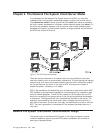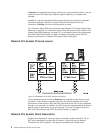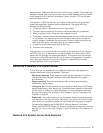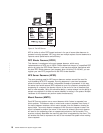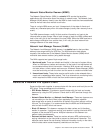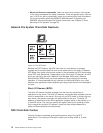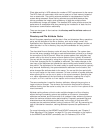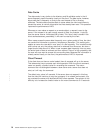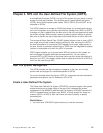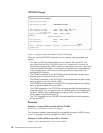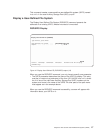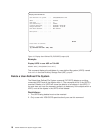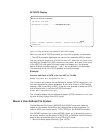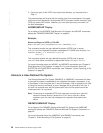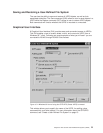Data Cache
The data cache is very similar to the directory and file attribute cache in that it
stores frequently used information locally on the client. The data cache, however,
stores data that is frequently or likely to be used instead of file or directory
attributes. The data cache provides data in cases where the client would have to
access the server to retrieve information that has already been read. This operation
improves the performance of NFS.
Whenever a user makes a request on a remote object, a request is sent to the
server. If the request is to read a small amount of data, for example, 1 byte (B),
then the server returns 4 kilobytes (KB) of data. This “extra” data is stored in the
client caches because, presumably, it will soon be read by the client.
When users access the same data frequently over a given period of time, the client
can cache this information to prevent a client/server interaction. This caching also
applies to users who use data in one “area” of a file frequently. This is called
locality
and involves not only the primary data that is retrieved from the server, but also a
larger block of data around it. When a user requests data frequently from one area,
the entire block of data is retrieved and then cached. There is a high probability that
the user will soon want to access this surrounding data. Because this information is
already cached locally on the client, the performance of NFS is improved.
Client Timeout
If the client does not have a cache loaded, then all requests will go to the server.
This takes extra time to process each client operation. With the mount command,
users can specify a timeout value for re-sending the command. The mount
command can not distinguish between a slow server and a server that does not
exist, so it will retry the command.
The default retry value is 2 seconds. If the server does not respond in this time,
then the client will continue to retry the command. In a network environment, this
can overload the server with duplicate AS/400 client requests. The solution to this
difficulty is to increase the timeout value on the mount command to 5-10 seconds.
14 OS/400 Network File System Support V4R4
|
|
|
|




